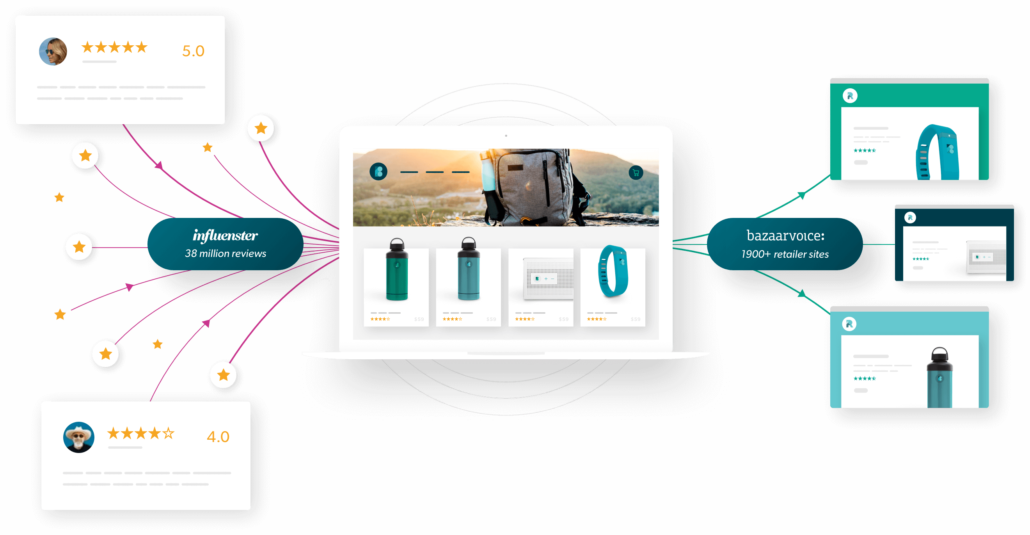
Bazaarvoice is proud to announce the launch of a new industry-first subscription product, ReviewSource, which allows brand and retailers everywhere to seamlessly supply their websites with fresh, high-quality review content sourced directly from the 6M+ member community currently leaving reviews at Influenster.com.
ReviewSource allows Bazaarvoice clients to activate the Influenster community as their always-on content collection engine. As users rate and review brand products on Influenster.com, those reviews are sent in real time to clients’ websites for display and syndication. By signing up for ReviewSource, brands can immediately receive all of the reviews on their products that have already been collected on Influenster.com and will also receive an ongoing, real-time flow of reviews to their site as shoppers rate their products on Influenster.
85% of consumers deem reviews older than 3 months irrelevant
BrightLocal 2018
With ReviewSource, your products can achieve review recency — the hallmark of a healthy product for your shoppers. Best of all, ReviewSource is entirely turnkey: subscribers receive reviews without the cost and hassle of shipping products, setting up email blasts, or fulfilling orders. These high quality, organic ReviewSource reviews are fully moderated, authenticated, and analyzed with Bazaarvoice’s leading security, analytics, and insights tools prior to display and syndication.
For more information, reach out to your Bazaarvoice account team.